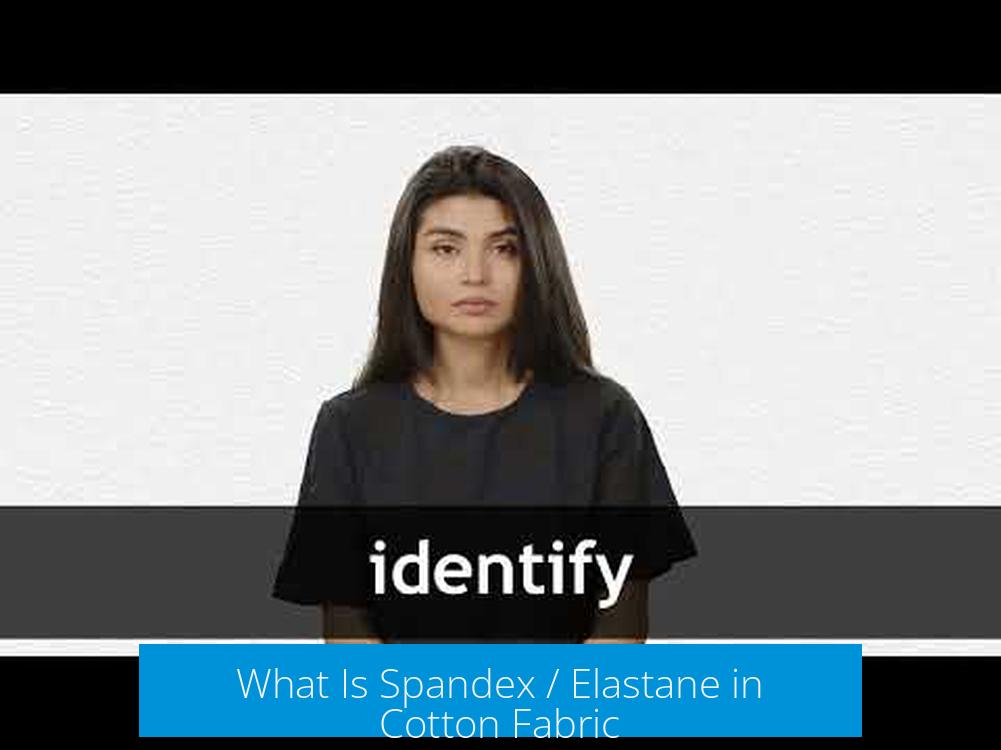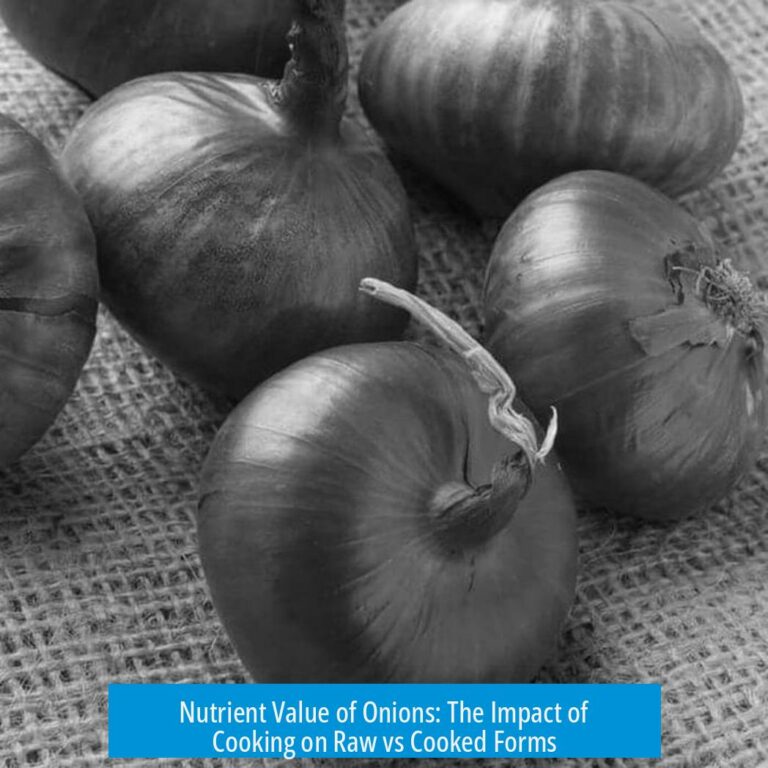How to Identify Spandex / Elastane in Cotton Fabric
Identifying spandex (also known as elastane) in cotton fabric primarily relies on a combination of observable tests and manufacturer information. The burn test is the most direct and effective method to detect even trace amounts of elastane embedded within cotton. Visual inspection under magnification, heat treatments, and label checking also assist in confirming its presence.
What Is Spandex / Elastane in Cotton Fabric?

Spandex and elastane are synthetic fibers known for their exceptional elasticity. When blended with cotton, these fibers provide stretch and shape retention. Typically, elastane constitutes a small percentage (usually 1-5%) of the fabric blend.
Because cotton is a natural fiber and elastane a plastic-based synthetic, distinguishing between them requires specific identification methods.
1. Burn Test Method
The burn test is a widely used, simple, and effective technique to identify the presence of spandex/elastane in cotton fabric.
Procedure:

- Cut a small piece of fabric from an inconspicuous area.
- Bring the fabric close to an open flame, such as from a lighter.
- Observe the manner in which the fabric burns and the residue it leaves behind.
Interpretation:
- Cotton: Burns quickly with a steady flame producing ash residue. It smells like burning paper or leaves. No melted residue remains.
- Spandex/Elastane (plastic content): Melts and may form small charred balls or beads of plastic. It often emits a chemical or sweetish odor during burning.
The presence of melted charred beads or plastic residue strongly indicates synthetic fibers like elastane in the fabric. Even minimal traces (around 2% elastane) can be detected by burning a larger fabric piece to analyze the residue.
More detailed information about the burn test can be found at Fabric Mart Fabrics Burn Test Chart.
2. Visual Identification Under a Microscope

Synthetic and natural fibers often exhibit distinct fiber structures when viewed microscopically. Microscope analysis offers a visual method to identify spandex or elastane mixed in cotton:
- Elastane fibers appear smooth, cylindrical, and may exhibit uniform thickness.
- Cotton fibers appear twisted, flat, or ribbon-like with natural irregularities.
With a proper microscope, samples can be examined to separate synthetic fibers from natural cotton. While specialized equipment is needed, this approach precisely detects even subtle blends of elastane.
3. Direct Visual Characteristics of Spandex / Elastane Fibers
Spandex and elastane fibers have distinctive physical appearances under normal vision:
- Spandex fiber: Appears as a white, rubbery, needle-thick thread. It is visibly thicker than typical cotton or polyester threads.
- Elastane fiber: Usually opaque or clear, extremely thin, flexible, and tough. It may resemble fine spider webbing due to its fineness and durability.
Individuals with keen eyesight—often enhanced by nutrients like lutein and zeaxanthin—might spot these elastane fibers interwoven among cotton threads. The fibers’ elastic nature can sometimes be felt when stretching the fabric.
4. Challenges in Recognition Due to Fiber Manipulation

Recognition by sight can be complicated because manufacturers frequently twist or wrap elastane around the main cotton fiber. This practice masks the elastane’s presence visually and alters the fabric’s surface appearance.
Because elastane is often finely blended or encased within cotton threads, identifying it without additional testing can be difficult. Its invisibility in some fabric areas makes direct inspection unreliable.
5. Heat Sensitivity Approach to Highlight Elastane Fibers
Elastane fibers are heat-sensitive and respond distinctly when exposed to heat sources.
- Applying heat from a blow dryer or heat gun can cause elastane fibers to “fringe” or degrade slightly.
- Hovering a lighter near (without igniting) can over-stress elastane fibers causing cracking or curling.
After heat exposure, pulling the fabric several times might break weakened elastane threads, making them visible as rough or broken synthetic strands. This method—thermal stressing—helps differentiate elastane from cotton which is more heat-resistant.
6. Manufacturer and Packaging Information

The most reliable method to confirm the presence of elastane in cotton fabric remains checking the fabric label or contacting the manufacturer. Labeling regulations usually require disclosure of fiber composition.
- Labels often state percentages of cotton and elastane or spandex included.
- Direct communication with the manufacturer can clarify composition details, especially for blends not fully detailed on packaging.
Consumers may rely on certifications or country-specific regulations about truthful fabric content labeling, ensuring transparency.
7. Common Usage of Elastane in Stretch Fabrics
Elastane is predominantly used in cotton blends to impart stretch properties. Fabrics advertised as “stretch” almost always contain some elastane.
Examples include:
| Garment Type | Typical Elastane Content | Purpose |
|---|---|---|
| Stretch Jeans | 1-5% | Enhance flexibility and comfort |
| Activewear (t-shirts, leggings) | 5-10% | Improved movement and fit |
| Undergarments | 5-10% | Fit retention and elasticity |
Recognizing stretchability alone does not confirm elastane presence but provides a strong indication.
Summary of Techniques to Identify Spandex / Elastane in Cotton Fabric

- Burn Test: Fast, simple, and reliable for detecting plastic-based fibers by residue analysis after burning.
- Microscopic Inspection: Precise visual fiber differentiation using microscope magnification.
- Visual Fiber Characteristics: Spandex is thick and rubbery; elastane is thin and web-like.
- Heat Treatment: Thermal stress can reveal elastane fibers through fringing or cracking.
- Manufacturer Labeling: Printed fabric content labels serve as a definitive resource.
- Awareness of Fiber Manipulation: Twisting and wrapping can complicate direct observation.
- Contextual Knowledge: Stretch fabrics typically contain elastane blends.
Applying these methods collectively allows accurate identification of spandex/elastane in cotton fabrics for quality control, consumer awareness, or textile analysis.
How to Identify Spandex / Elastane in Cotton Fabric: The Ultimate Fabric Detective Guide
Wondering how to tell if your cotton fabric has a sneaky little spandex or elastane hidden inside? You’re not alone. Many fabric lovers and DIY wizards face this puzzle. Thankfully, there are smart ways to detect that stretch magic fiber blended in your cotton. Let’s break down the ways, from simple tricks to scientific peeks.
Spandex and elastane often hide in plain sight in stretchy cotton clothes. But how can you spot them? The answer lies in a blend of techniques including a burn test, microscopic inspection, heat sensitivity, and reading manufacturer labels.
1. The Burn Test: Old School Science at Your Fingertips
Grab a lighter and a small scrap of the fabric where no one will notice damage. Set it aflame for a moment, then watch the residue closely.
- If you see soft, gray ash after burning, congrats! You’re looking at pure cotton or other natural fibers.
- But if tiny charred, hard little balls remain, you caught plastic fibers in the act. That’s the telltale sign of spandex or elastane lurking within.
The burn test is surprisingly sensitive. Even a minuscule amount like 2% elastane shows up with this method. Just remember to burn a slightly bigger piece of fabric to catch smaller traces. Curious for photos or diagrams? Check out comprehensive burn test charts for clarity.
2. Peek Under the Microscope: Spot the Fiber Signatures
A microscope reveals a whole new world in fabric fibers. Cotton looks different under magnification than synthetic strands.
Elastane fibers usually show a unique pattern. They’re fine, flexible, and sometimes clear or opaque threads creating a subtle, web-like texture. Fancy a science project? A microscope inspection can be a precise way to separate natural cotton from synthetic blends.
However, this requires access to a microscope and a keen eye. But if you’re the hands-on sort who loves detective work, it’s a cool method to consider.
3. Visual Clues: What Does Elastane Look Like?
Can you recognize elastane with just your eyes? Possibly, but it depends on your eyesight and patience.
Spandex fibers appear thick, white, and rubbery—thicker than regular sewing thread. Think of it as tiny rubber bands woven into fabric.
Elastane fibers are much thinner and resemble fine spider webbing. They’re flexible and transparent or opaque, often hiding within the cotton weave until you know where to look.
An interesting health tip for the curious identifier: nutrients like lutein and zeaxanthin help improve eye sharpness, giving you an edge spotting these elusive threads!
4. Beware the Wrapping and Twisting Trick
Textile manufacturers sometimes wrap or twist elastane fibers around other threads. This crafty method strengthens the fiber blend but complicates visual identification.
If you find a fiber that suddenly appears thicker or rubbery but only in small, twisted sections, you might be looking at elastane camouflaged among cotton threads.
So while a simple look might not always reveal elastane, understanding this technique gives you yet another angle to investigate.
5. Heat Sensitivity: Turn Up the Temperature
Elastane does not love heat—they’re heat sensitive. If you carefully apply localized heat with a blow dryer or wave a lighter closely (careful, safety first!), the elastane fibers might start to degrade or “fringe.”
After heating, try stretching the fabric gently. The weakened elastane might break or reveal itself as tiny, broken synthetic threads now easier to see or feel.
This method highlights the unique fabric behavior under heat, providing a practical angle for identification.
6. When in Doubt, Check the Label… Or Call for Backup
No test? No microscope? No worries. The easiest and most straightforward method remains checking the fabric label. Manufacturers usually list fabric content as the law demands.
If labels aren’t clear or missing, contacting the brand’s customer service is a savvy move. They often have dedicated departments answering fiber and material questions.
Pro tip: If you’re tired of unclear labeling, consider buying from brands or countries with stricter fabric labeling laws.
7. The Stretch Factor: A Clue in Plain Sight
To put it simply: if a cotton garment stretches notably—think 4-way stretch jeans or figure-hugging shirts—there’s almost certainly elastane inside.
Elastane gives fabrics elasticity, bounce, and that comfy hug. So evaluating how much stretch fabric offers can be your first quick clue before deeper tests.
Wrapping It Up: Your Fabric Detective Toolkit
- Burn test: Quick, simple, and practical to detect plastic fibers.
- Microscope check: Detailed and scientific, perfect for precision seekers.
- Visual inspection: Look for white rubbery or spider-web-like fibers in the cotton weave.
- Heat test: Use warmth to stress elastane fibers and reveal their presence.
- Label reading: Always a good fallback—and the easiest way to confirm.
Ready to play fabric detective? These methods give you a multi-angle approach to confidently identify elastane or spandex within your cotton. Whether you want to know the fabrics of your DIY project or avoid unexpected stretch, think of this guide as your trusted sidekick. After all, in the quest for perfect cotton blends, knowledge is the ultimate fabric weapon.





Leave a Comment